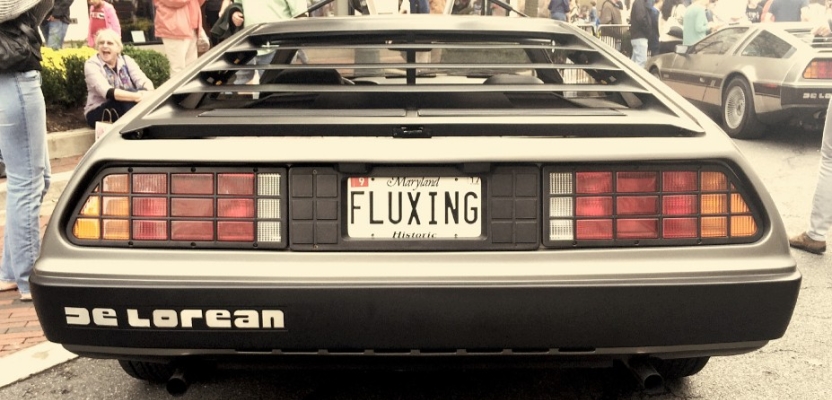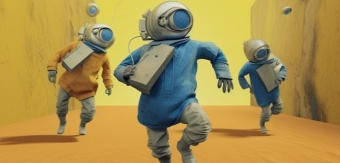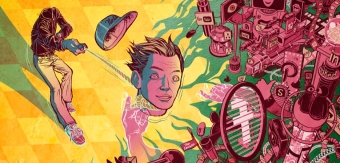For many in marketing, the constant strides forward in tech have slowly, inexorably, been moving us toward the world portrayed in Spielberg’s Minority Report. Enough ink has been spilled on how the director convened with experts to create a realistic and achievable vision of the tech landscape in 2053, so I won’t be joining them. However, the fusion of AR, VR and gestural interface in Apple Vision Pro will take us one step closer towards that cinematic prediction in the year to come.
If Apple’s typical influence holds true, this launch should usher forward a new interest in spatial computing, where the whole world around you effectively becomes your computer screen through the medium of goggles.
Much like the film, this headset makes gestural interfaces with apps possible, untethering people from their cables and tech to interact. We’re already anticipating other tech giants dusting off similar devices (ok, maybe not the Google Glass) and seeking to jump on the spatial computing bandwagon.
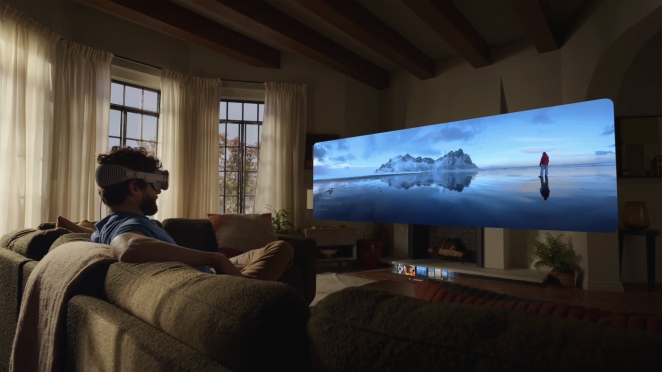
The Apple Vision Pro
And why does this matter? Let’s look at some evolutionary steps. Should the tech be successful - and we’re now a decade on from the Google Glass failures - practically, at launch it will be too expensive and too early stage for mass adoption. This means that brand partnerships will be critical in opening up the tech for trial, and demonstrating to the average person on the street just what this tech is capable of.
This plays right into the hands of those in experiential, who can create interactive and cutting-edge brand interactions which merge the real world and the virtual in a whole new way. Expect spatial computing interest to spike in a similar fashion to how AI prompt engineering did this year.
As the tech matures and becomes more widely adapted, this could also be another watershed moment in media and tech fusion. Spatial computing can literally lift previously static advertising off the page or screen in a way which QR codes and other bridging techniques have been attempting (and failing to fully realise) for decades. The fact that this tech launch will coincide with the death of the online cookie and create a whole new way for digital creative to interact with individuals is surely no coincidence.
Likewise, 2023 has seen tremendous public response to those expansive, high resolution 3D billboards in Shenzhen and Times Square, as well as the virality of ‘FOOH’ campaigns from Maybelline and L’Oreal - both pointing towards a genuine consumer appetite for blending real and unreal.
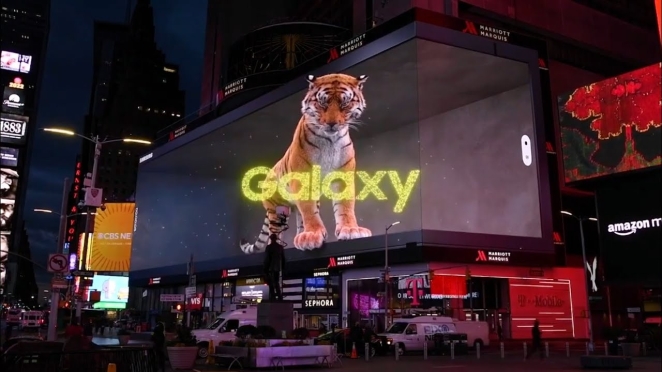
3D billboard in Shenzhen
We will see a new blurring of the lines between real and unreal, digital and tangible as creatives can explore the interplay within the two. The more inspired thinkers will immediately see that there is more momentum behind spatial computing than a simple change in the interaction between human and machine.
Another promising sign for new creative avenues: many brands have already taken tentative and successful steps into the metaverse over the last few years, and spatial computing can accelerate these engagements in a more immersive, less clunky fashion.
But rather than rooting these activations in entirely virtual worlds, brands can be liberated and freed into the ‘real’. Of course, issues of IP, brand malleability and security will still abound, but inroads have been made on an international basis against these concerns, often seeing them set aside in favour of deeper brand bonds or wider relationship building.
It may be easy to initially dismiss these predictions as hyperbole around one specific tech launch. After all, hot takes these days are ten a-penny, and any new tech has the potential to fall flat. However, experiential and live events in particular have been adding new tactics in the battle for attention for some time, and stand poised as one of the more immediate beneficiaries of brands pushing the boundaries of what’s possible in VR, AR, AI and other accelerating tech disciplines.
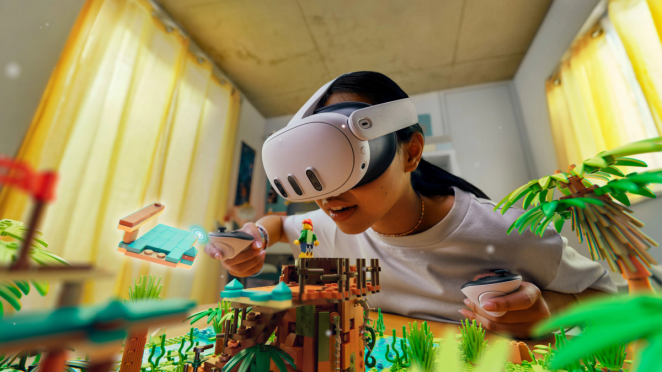
The Meta Quest 3
The Meta Quest 3 is already available showcasing spatial computing’s potential, and at a fraction of the price of the Vision Pro. Live experiences are one of the only options in the marketing toolkit which directly interact with the consumer, and often put the brand into their hands. This expertise of how to interact face to face (or face to headset) should motivate thinking in this emerging discipline. We have already, in collaboration with ASICS, directly translated brain scans into visually appealing data displays.
The tech may sound sci-fi, but the interaction and the connection very much reside in the now. When you also factor in the growing wonder and yes - demand - from consumers sharing content which merges the real with the virtual, the time is ripe for this tech to truly usher in a new phase of creative potential.
By Stuart Cupit, CTO and Co-Founder, Solarflare Studio

